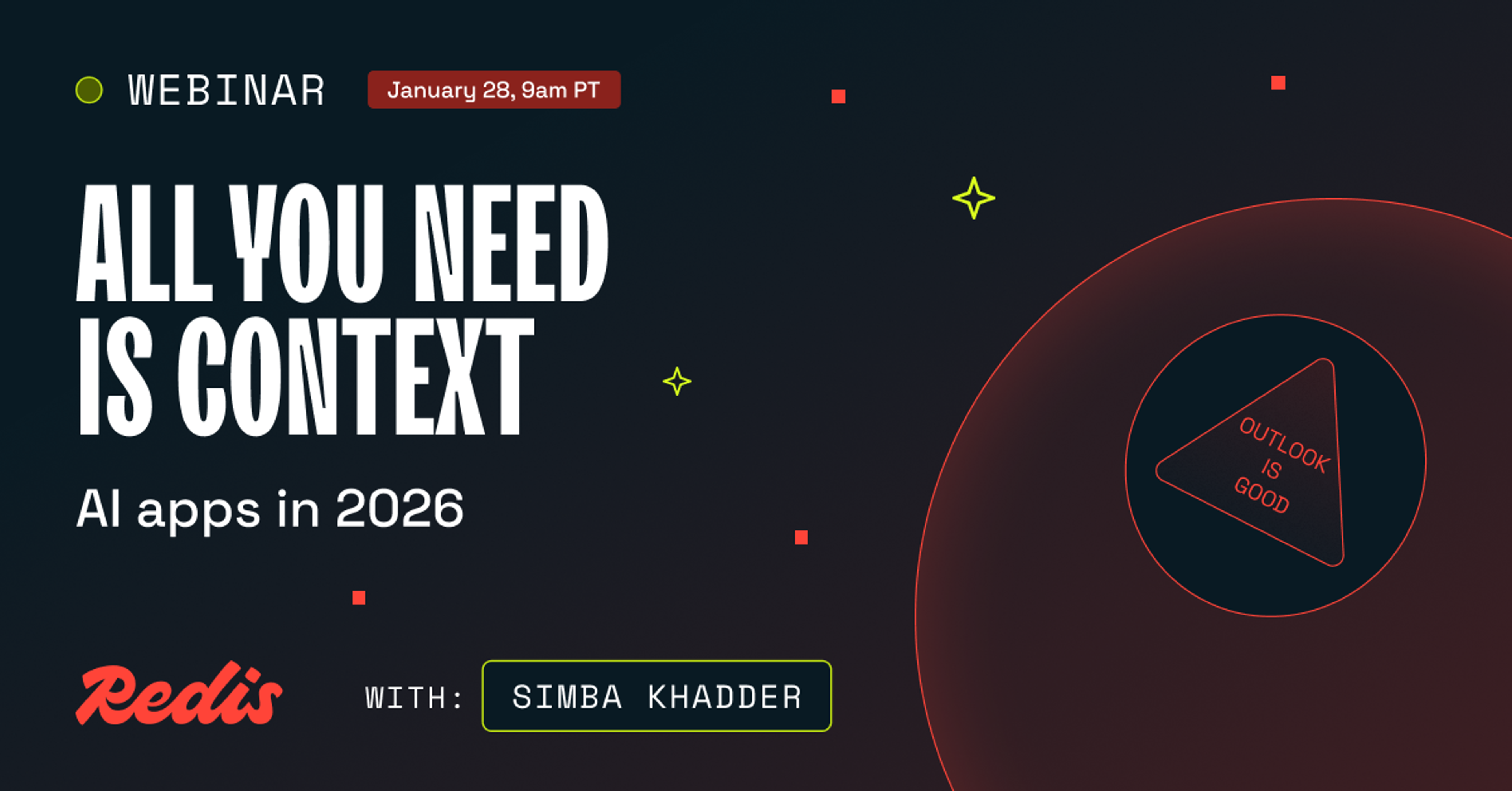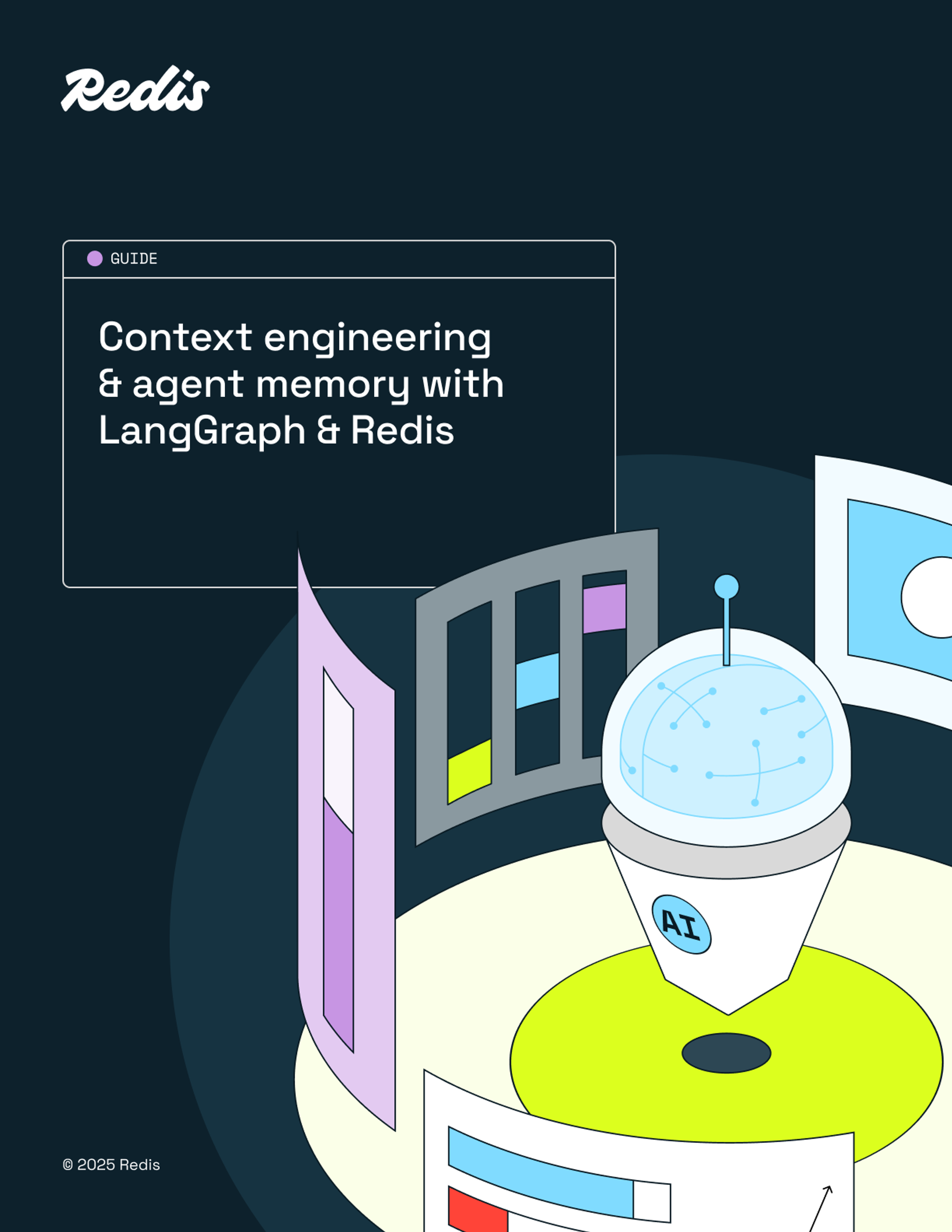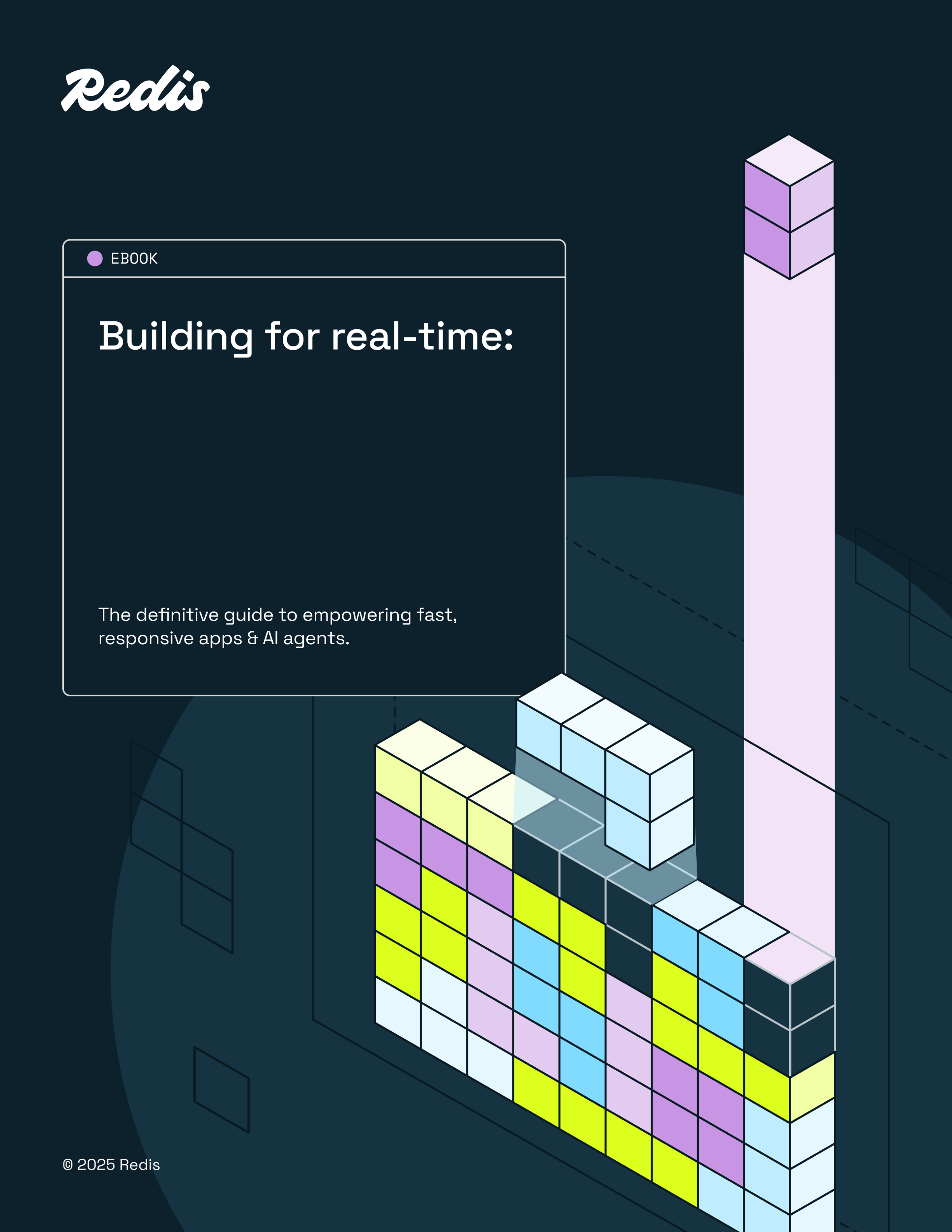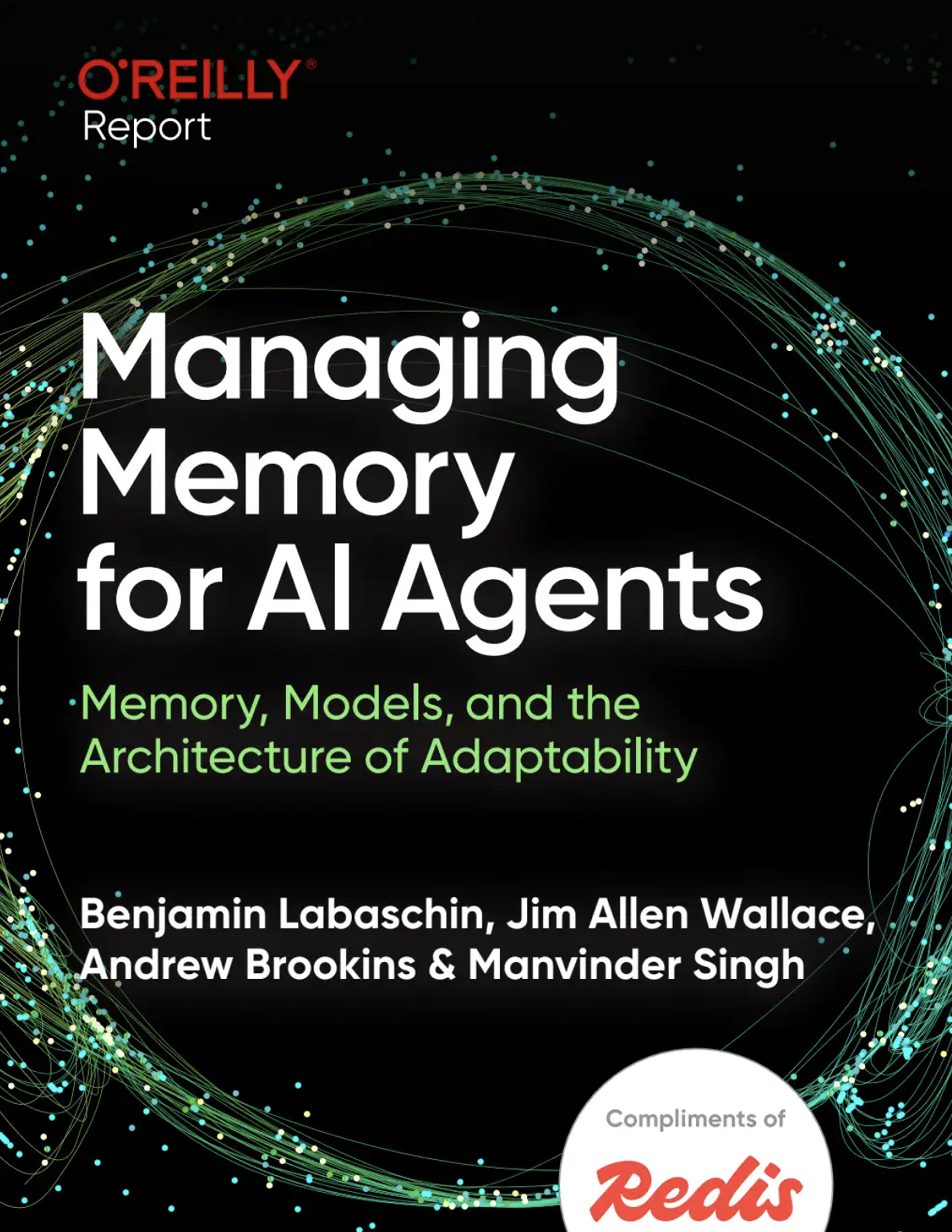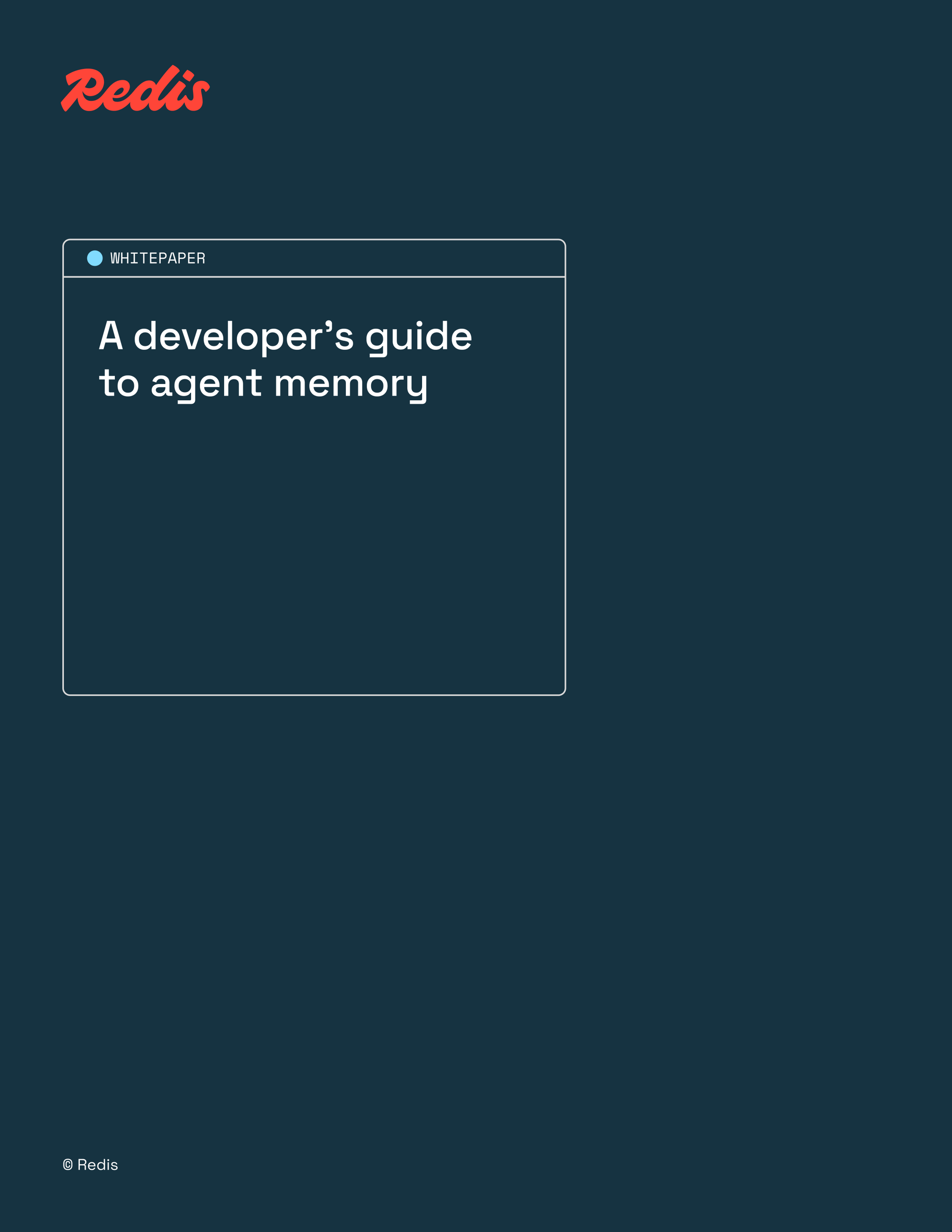Resource center
Explore our library of videos, guides, and more designed to help you build fast apps fast.
The latest from our blog
Read more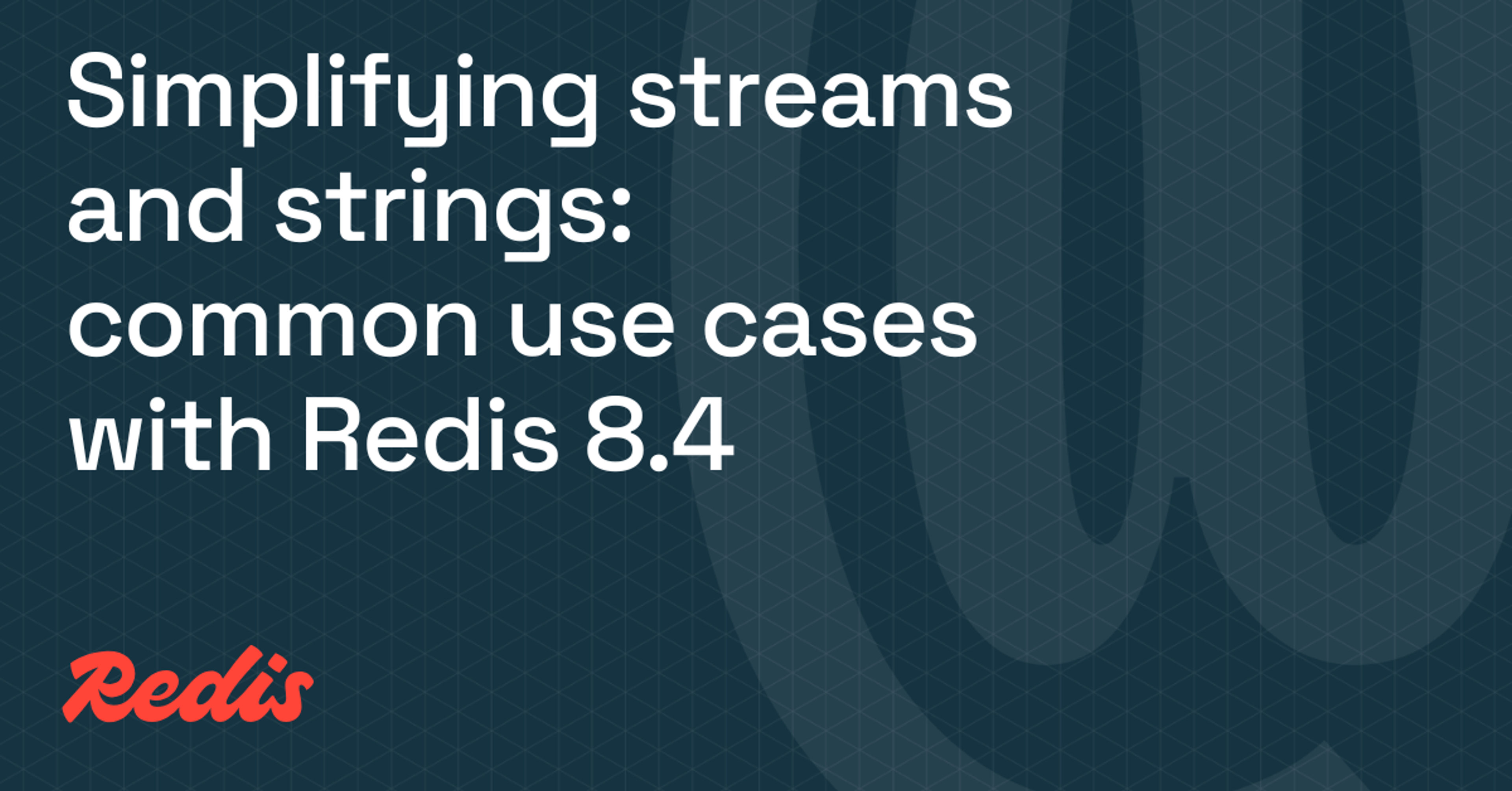
Simplifying streams and strings
January 05, 2026
Tech
Upcoming events & webinars
See all eventsRead our ebooks
See more ebooksVideo collections & series
See all videosGet started
Speak to a Redis expert and learn more about enterprise-grade Redis today.

